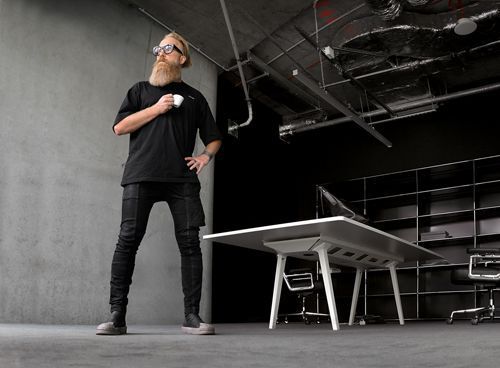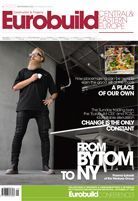Anna Pakulniewicz, ‘Eurobuild Central and Eastern Europe’: How would you sum up contemporary architecture?
Przemysław Łukasik, co-owner and co-founder, Medusa Group: It’s still the same as it always was. This is a field that is constantly striving to reflect the modern age. At least in my opinion this appears to be the case. I don’t draw distinctions between periods in architecture that were better or worse. It should still be – and I personally believe this – a mirror of the times we live in. If it isn’t, then I feel that there’s a problem, that it bears the marks of a false enterprise.
I understand that investors come to you in search of authenticity, for this very special approach to architecture that you have?
First of all, I personally don’t know why investors come to us. I can only guess at what the reasons might be. Having said that – the longer we have had this studio, the more able I am to recognise certain patte































































